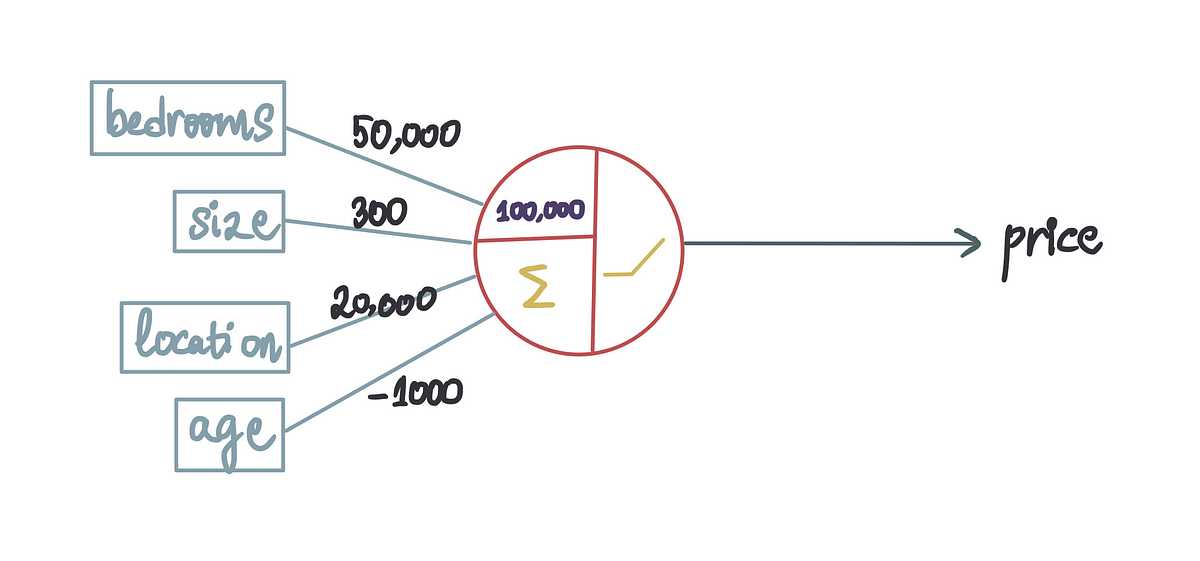
Deep Learning Illustrated, Part 1: How Does A Neural Network Work? | by Shreya Rao | Jan, 2024

An illustrated and intuitive guide to Neural Networks
![]()
![]() 15 min read
15 min read
21 hours ago
If you have read my previous articles, you’ll know what’s coming next. In this part of the internet, we take complex-sounding concepts and make them fun and nbd by illustrating them. And if you haven’t read my previous articles, I highly recommend you start with my series of articles covering the basics of machine learning because you’ll find that a lot of the material covered there is relevant here.
Today, we’re going to tackle the big boy — an introduction to Neural Networks, a kind of machine learning model. This is just the first article in a whole series I plan on doing on Deep Learning. It will focus on how a simple artificial neural network learns and provide you with a deep (ha, pun) understanding of how a neural network is constructed, neuron by neuron, which is super essential as we will continue to build upon this knowledge. While we will dive into the mathematical details, there’s no need to worry because we will break down and illustrate each step. By the end of this article, you’ll realize that it’s waaaaay simpler than it sounds.
But before we explore that, you might be wondering: Why do we need neural networks? With so many machine learning algorithms available, why choose neural networks? The answers to this question are plentiful and extensively discussed, so we won’t delve too deeply into it. But it’s worth noting that neural networks are incredibly powerful. They can identify complex patterns in data that classical algorithms may struggle with, tackle highly complex machine learning problems (such as natural language processing and image recognition), and diminish the need for extensive feature engineering and manual efforts.
But all that said, neural network problems pretty much boils down to 2 main categories — Classification, predicting a discrete label for a given input (ex: is this a picture of a cat or a dog? is this movie review positive or negative?) or Regression, predicting a continuous value for a given input (ex: weather prediction).
Today we’ll focus on a regression problem. Consider a simple scenario: we recently moved to a new city and are currently searching for a new home. However, we notice that the prices of houses in the area vary significantly.
Since we are unfamiliar with the city, our only source of information is what we…



